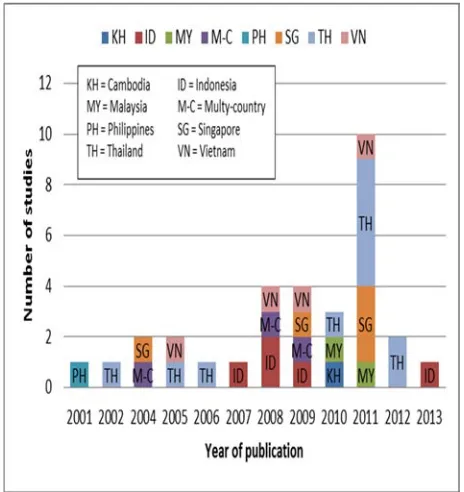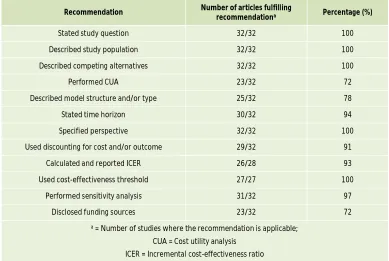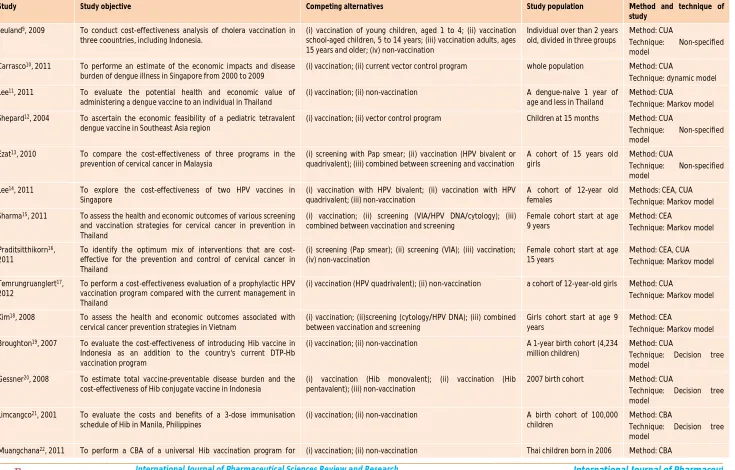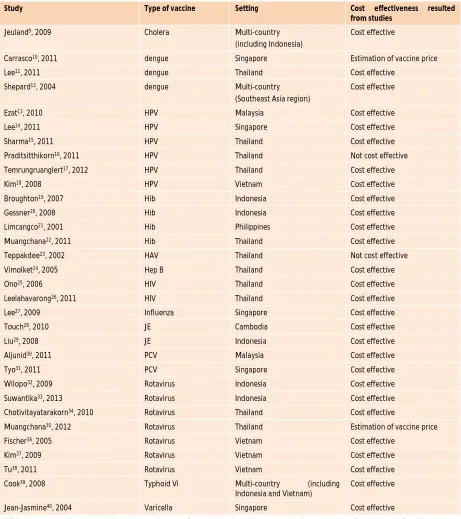“Pharmacoeconomic Studies of Vaccination in Southeast Asian Countries: A Systematic Review” by Dwi Endarti, Arthorn Riewpaiboon, Indonesia.
Full text
Figure




Related documents
Also, both diabetic groups there were a positive immunoreactivity of the photoreceptor inner segment, and this was also seen among control ani- mals treated with a
Over time, a combination of higher GDP per capita, a decrease in the infant death rate and an increase in education explain part of the shift from the Malthusian constraint to
Phosphorylated CheY (CheY-P) binds to the motor switch to induce tumbling of the cells. CheR and CheB confer adaptation to persisting stimuli by adding and removing methyl groups
The behavior of electronegativity, softness and electrophilic index for the studied donor–nanobridge– acceptor molecular system and its components shows the
The remainder of the politics news receiving NC scores for all components consisted of reports and op ed pieces from the news site Nyheter 24 (“News 24”), satire items or hoaxes
Estimation of the efficiency and radicalism of nephron−sparing surgery in 10 children with unilateral Wilms’ tumor stage I disease after preoperative chemotherapy or with
19% serve a county. Fourteen per cent of the centers provide service for adjoining states in addition to the states in which they are located; usually these adjoining states have
This paper examines the latest drive by the Library and Information Association of South Africa (LIASA) to solicit the views of a cross section of LIS
